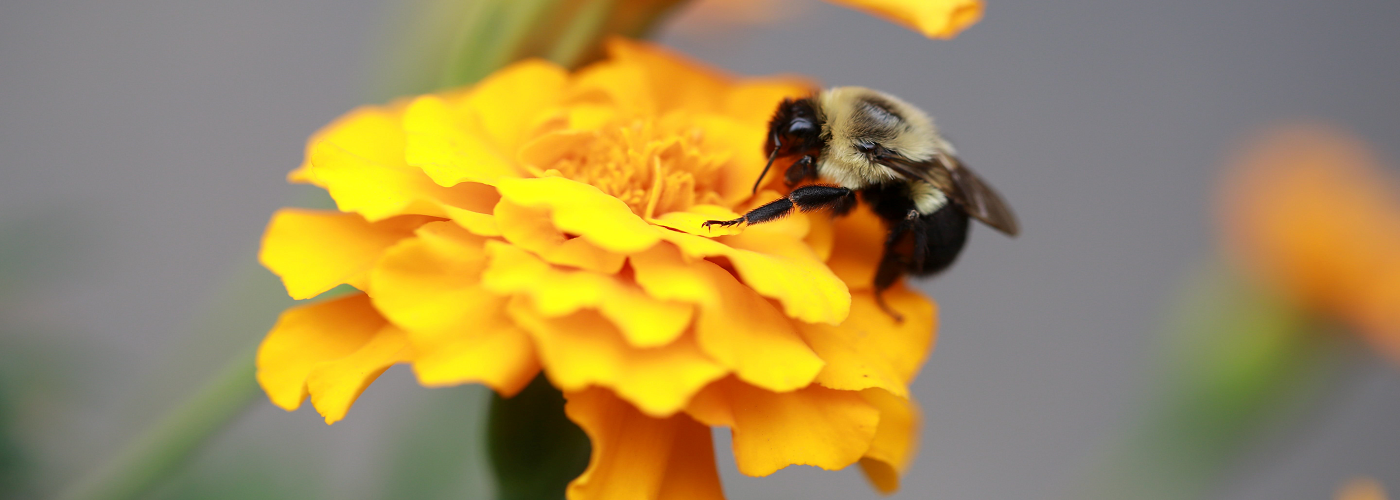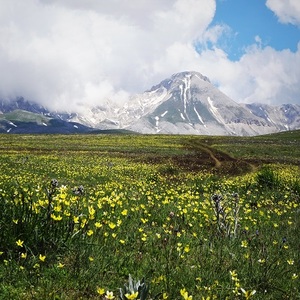

A garden full of colorful flowers blooming can be a pleasant sight to behold on a sunny spring day. However, other important viewers of these same flowers may be getting a very different show. Many pollinating insects, unlike humans, have the ability to see in the ultraviolet (UV) range of the spectrum. In this UV range, some flowers have adapted to display bullseye-like patterns that entice pollinators more so than other competing plant species. A recent study by a research team at Clemson University looked at the varying patterns of UV-absorbing chemicals on the yellow flowers of a single species, Argentina anserina, growing at different elevations in Colorado.
Argentina anserina, more commonly known as silverweed, can grow at different elevations. In this study, the team examined its yellow flowers in two different populations separated by 3281 ft (1000 m) in elevation. In the higher elevation population, they found more UV-absorbing chemicals near the base of the flower's petals, than at the lower elevation. These chemicals help to protect the pollen at the center of the flower from UV damage, as the higher in elevation, the greater the exposure to UV rays. However, when viewed in the UV range, these absorbing chemicals also have the added benefit of appearing like a bullseye, thereby enticing pollinating insects.
This difference between two populations of plants of the same species illustrates the biological concept of plasticity, or being able to quickly respond to changes in the environment. Plasticity usually occurs much faster than evolution, where permanent changes in the genetic code happen on a much longer timescale. As the global climate continues to rapidly change in the coming decades, plasticity in plants and other organisms may be one of the most important mechanisms by which these living things are able to weather the coming changes.

